This Blog is Popping!

What food do you put down when a survey asks for your favorite food? I always put down popcorn! I love popcorn. I love the flavor, the crunchiness, and the childhood memories it brings. My father’s favorite snack was popcorn cooked with bacon grease. Many years later, I read a survey of popcorn produced in […]
My Explosive Mauna Loa Tale
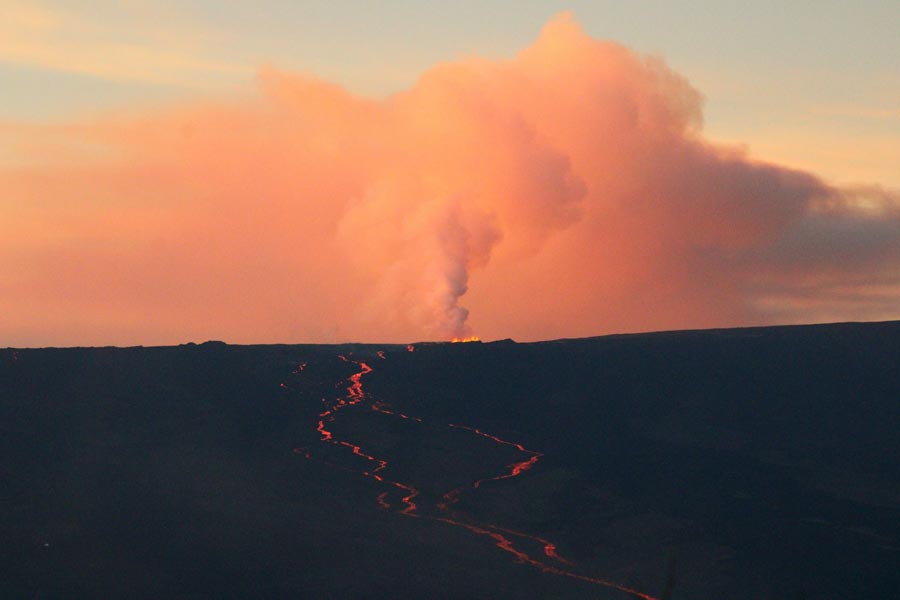
I woke up on November 28, 2022, to the headline announcing “Hawaii’s Mauna Loa is erupting for the first time since 1984.” Mauna Loa erupting always gets my attention. Before 1984, the volcano on the big island of Hawaii had last erupted on July 5, 1975. I know because I was on the side of […]
My, What Big Leaves You Have!
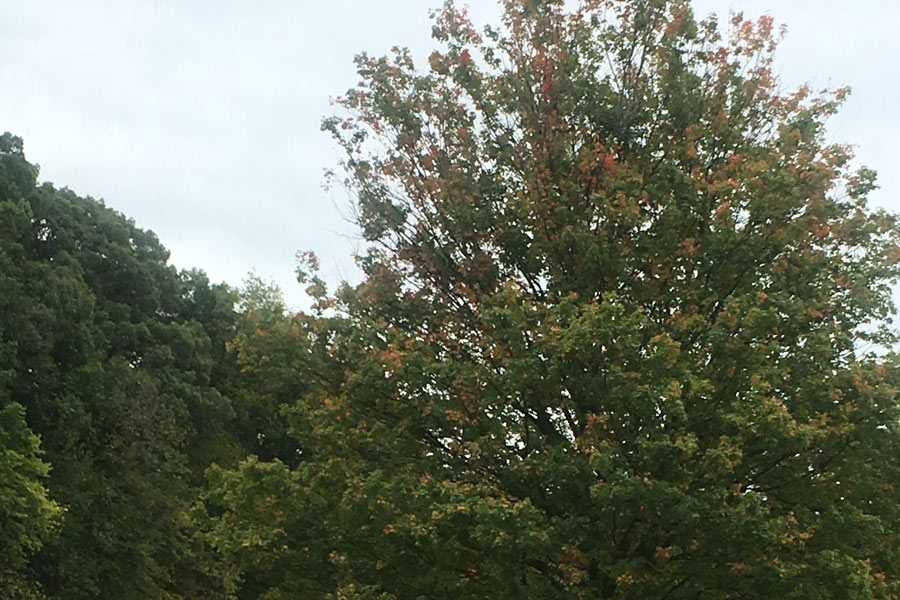
When I need an ocean fix, I head to the warm waters of the Gulf of Mexico. But when I need a green fix, I head back to my hometown of Peoria, IL. I call it my writing retreat because I sit on my cousin’s back porch, where my muse refreshes and my writing output […]
All About Bats: A Citizen Scientist Update
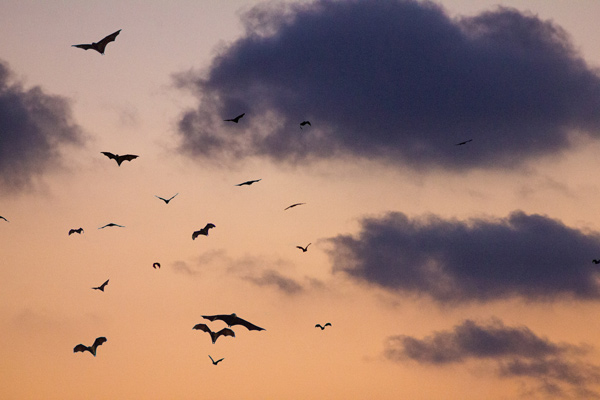
Last year, I wrote about the bat survey I’m taking part in. Researchers at Texas Christian University are studying the usage of pools by desert-dwelling bats. I live in Oro Valley, Arizona, in the Sonoran Desert. And I have a pool in my backyard. Both make me a perfect candidate for this citizen scientist endeavor. […]
My, That’s a Really Big Tongue You Have!
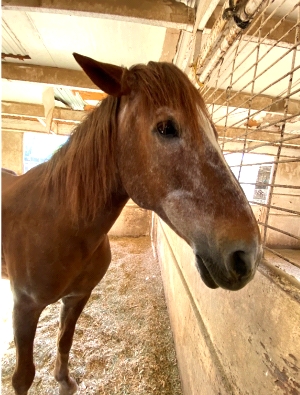
I have learned a lot about horses in the past two years. But there is one ability that continues to amaze me: the agility of the horse’s tongue. Above is a friend of mine, Simby. He has Cushing’s disease, which is treated with a small pill, Prascend. I give the same medicine to my mare […]
You Know You’re From Arizona When . . .
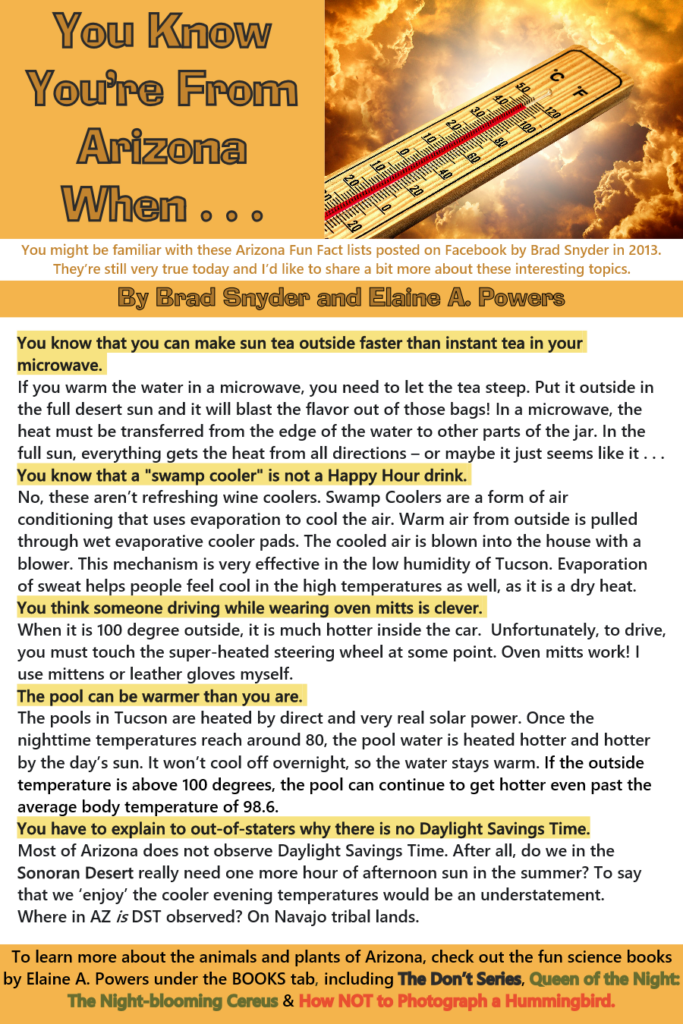
You might be familiar with these Fun Facts posted on Facebook by Brad Snyder in 2013. They are still very true today, and I’d like to share a bit more about these interesting and fun topics. Book Note: I am fascinated by animals and plants and truly enjoy having them all around me. I have […]
Writings Tips for Creating Realistic Settings

We live in a very visual world. Our entertainment is mostly visual: TV, movies, videos and, of course, our cell phones. Above Photo courtesy of Hans Benn of Pixabay. When you write a story, however, you must create the setting for the reader through words alone. This can be challenging. For instance, the setting for […]
Who Protects Your Home?
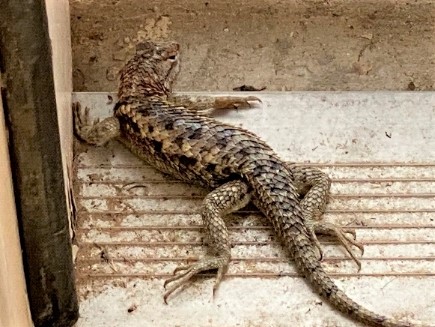
Many homeowners have security systems to protect the premises. There are many choices: Ring, ADT, Vivint, etc., all of which involve people. My security system involves reptiles. I have free roaming tortoises that are adept at tripping. They utilize the carpets that camouflage them well. Yes, even I have face-planted! I also have large roaming […]